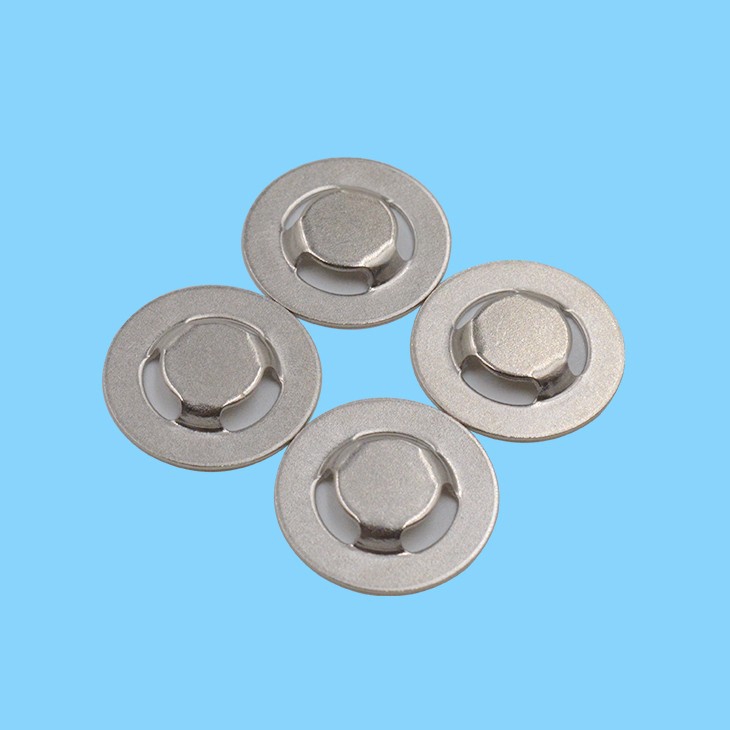

Address: Floor 1, Building 2, Quanshengchang Industrial Park, Buyong Shajing Road, Shajing Street, Shenzhen
Contact: Mr. Li 18681482740
Email: lilinhan1314@126.com
Website: m.555198.cn
Nowadays, metal stamping parts have been widely used in our daily lives, and metal stamping parts use punches and molds to deform or break stainless steel, iron, aluminum, copper, and other plates and dissimilar materials, in order to obtain the desired shape. How should we choose the material of hardware stamping parts? Generally speaking, precision metal stamping parts have the characteristics of being thin, uniform, light, and strong. Stamping can produce stamping parts with reinforcing ribs, ribs, undulations, or flanges that are difficult to manufacture by other methods, in order to improve their rigidity.

1. When selecting materials for hardware stamping parts in product design, avoid using high grade materials that may cause excessive product performance. At the same time, while meeting product and process requirements, try to choose the materials and thicknesses used in existing mass-produced models to form a material platform, providing convenience for subsequent procurement and inventory management. The key performance requirement of ordinary cold rolled sheet is its stretchability, so it is best to choose materials of lower grades while meeting the requirements of product quality
2. In the types of steel plate specifications, whether it is fixed length plate or rolled plate, materials of the same material and material thickness have different coil widths and sales prices. So, in order to reduce costs, it is necessary to focus on the development of procurement roll width, and try to choose a roll width range that does not increase prices while ensuring material utilization. For fixed length plates, it is recommended to choose appropriate specifications and sizes as much as possible. After cutting from the steel factory, there is no need for secondary cutting to reduce cutting costs; For rolling plates, try to choose the coil material specifications and process for uncoiling forming, reduce the workload of secondary shearing, and improve work efficiency.

3. There are deviation requirements for the thickness of metal stamping parts, and usually within the allowable range of deviation, the plate with the lower deviation should be selected first.
4. Determining the shape and size of the unfolded sheet metal for stamping parts is a prerequisite for analyzing the degree of deformation of stamping parts, designing processability, and formulating process regulations. If the shape of the sheet metal is appropriate, not only can the uneven distribution of deformation along the sheet metal be significantly improved, but the forming limit can also be increased, and the height of the lug can be reduced, reducing the trimming allowance. In addition, for some parts that are directly formed after blanking, if accurate sheet shape and size can be provided, the number of trial mold adjustments can be reduced, thereby shortening the production cycle and improving productivity.